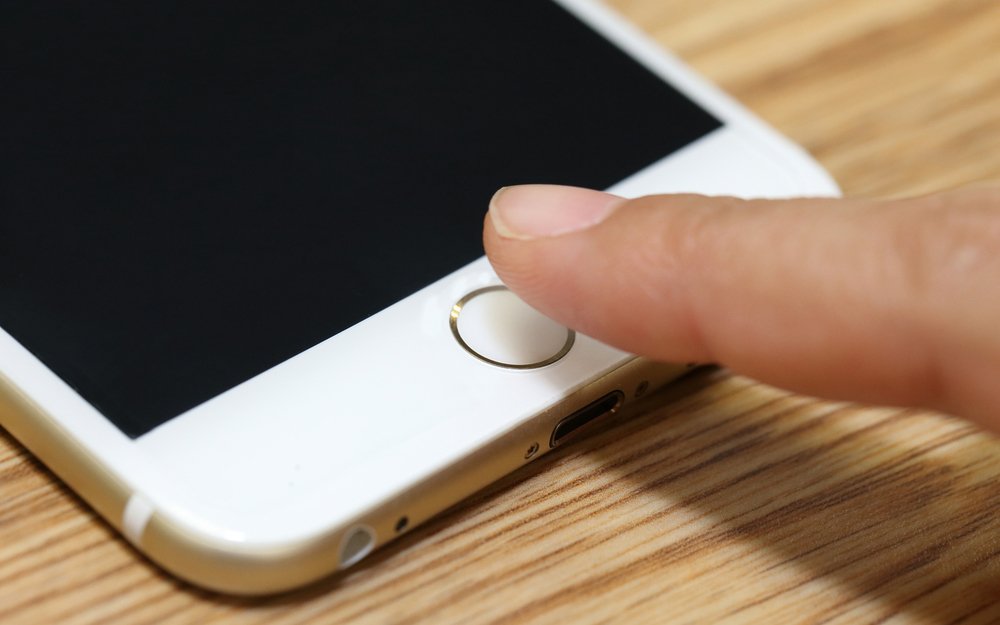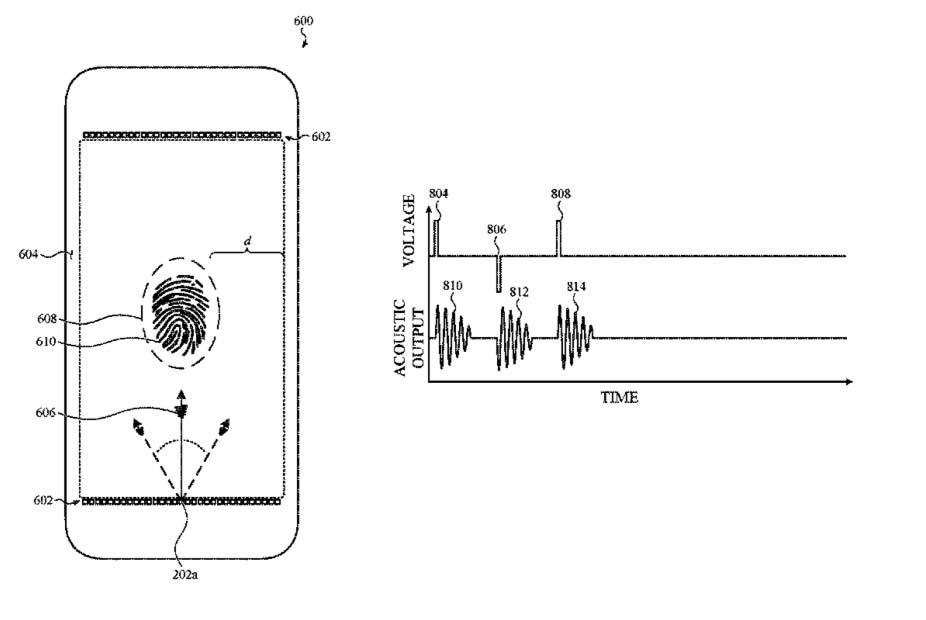Apple May Bring Touch ID to iPhone Screens, Patent Shows
A patent filing by Apple indicates the company is working on a fingerprint sensing technology that would put the fingerprint reader under the iPhone's display.
Have you missed Touch ID on your iPhone X? A new patent may reveal Apple’s plan to bring the fingerprint security feature back on future iPhones with the help of an in-screen sensor — no home button required.

The United States Patent and Trademark Office filing by Apple just emerged today (Feb 5). Spotted by AppleInsider outlines display fingerprint-sensing tech that scans with vibrations to measure an object that’s pressed up against the glass of the display. That’s different from the optics-based approach we’ve seen in Vivo and Huawei phones to date.
This “acoustic pulse” method, as Apple calls is, would allow you to place your finger anywhere on the screen to have it detected, as opposed to just in the area where extra imaging is placed behind the screen, like in optical sensors phones. Apple’s new approach would certainly be less limited than the old capacitive-based Touch ID home button sensor, last seen on the iPhone 8.

The new Apple patent sounds a lot like the ultrasonic in-screen fingerprint reader tech that Qualcomm has built into the new Snapdragon 855 mobile processing platform. Though Samsung has been rumored to be working with Qualcomm to get its new sensor in the screens of its Galaxy S10 phones, a patent from last year shows that Samsung has been developing optical in-screen fingerprint sensor tech of its own that allows for your finger to be detected from anywhere on the screen.
MORE: iPhone Rumors: Release Date, Leaks, Specs and More
Complaints of the in-screen fingerprint reader Vivo launched in its phones last year included slower verification speeds and a high rate of misfires compared to the button sensors found on iPhones and the back of high-end Android phones like Samsung's Galaxy series. The OnePlus 6T used a newer-generation of optical sensors for its in-display fingerprint reader and performed better in our testing.
Both the Qualcomm and Apple vibration-based solutions claim to be faster than the optical in-screen sensors we’ve already seen, with Qualcomm claiming that it can get ultrasonic as close as a mere 250 millisecond lag behind the Touch ID standard that consumers are used to.
Sign up to get the BEST of Tom's Guide direct to your inbox.
Get instant access to breaking news, the hottest reviews, great deals and helpful tips.
If Apple does bring back Touch ID, don’t expect Face ID to go anywhere. The biometric security feature that the company introduced when it removed the iPhone home button to make more room for screen has seen its array of sensors put to use in things far beyond unlocking the phone, like face detection for Animojis.
This new version of Touch ID might not be ready for this year’s iPhone updates in the fall though, as patent filings usually describe technologies that are still in development (if they ever find their way into shipping products at all.) For the moment, all rumors point to Apple keeping the same design as the iPhone XS.
Daniel Bean is a freelance writer with years of experience whose articles have appeared in Tom's Guide. He has previously worked for LinkedIn, Yahoo News, and the Observer, as well as TripleByte, Circa, Inverse, CBS, and ABC. Currently, he is full-time content lead for Mixpanel's blog, The Signal, writing about innovators and analytics.
-
mjeshurun Since Apple announced support for a dedicated WatchOS App Store at WWDC, it makes sense for an in-screen fingerprint sensor to be added to the new Apple Watch 5 (and not a future iPhone).Reply
